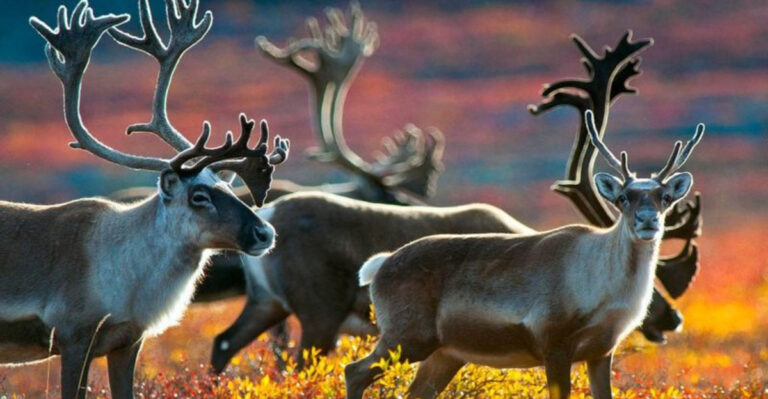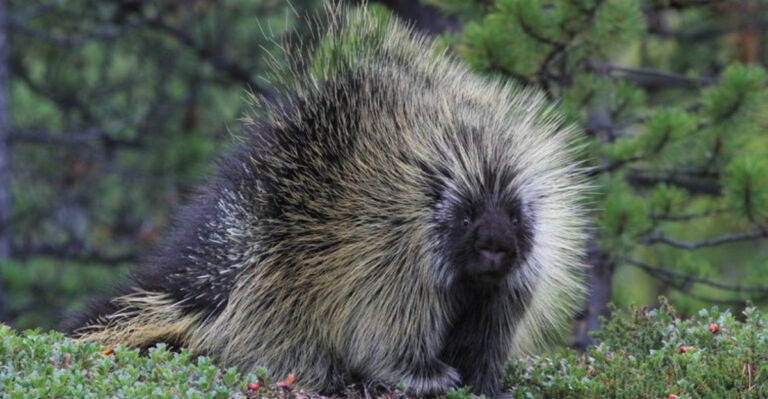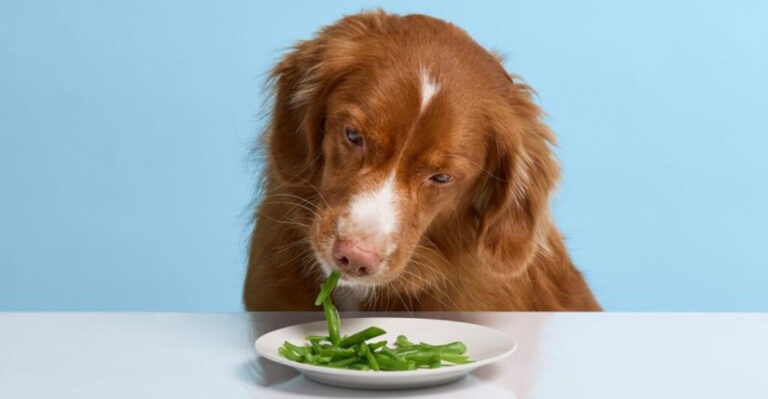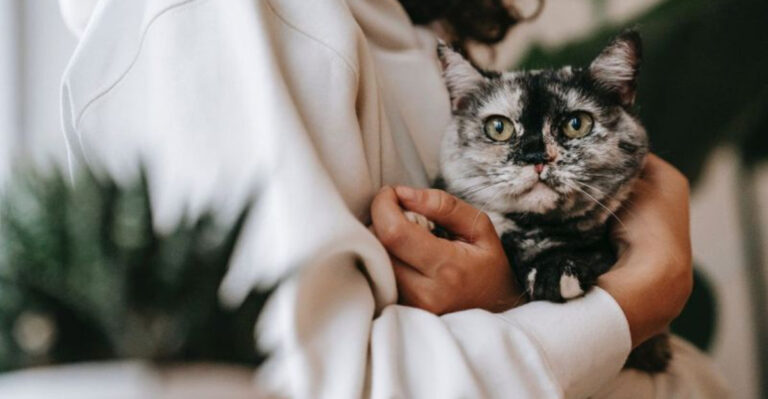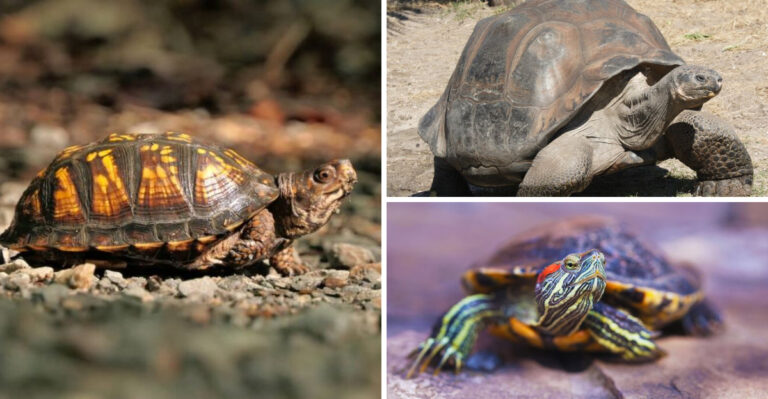16 Animals With Body Parts That Keep Growing Forever
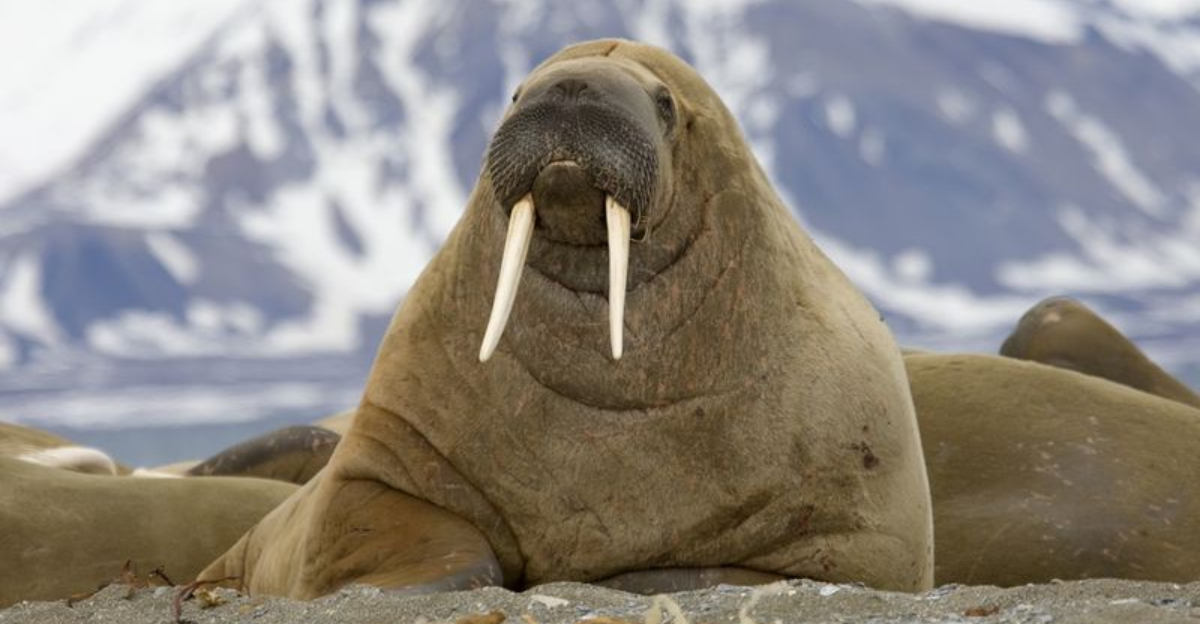
Imagine if your fingernails never stopped growing. Sounds annoying, right? Well, in the animal kingdom, some creatures have body parts that just keep getting longer and longer.
From teeth to shells, these animals have fascinating adaptations that allow them to thrive in various environments.
1. Elephant
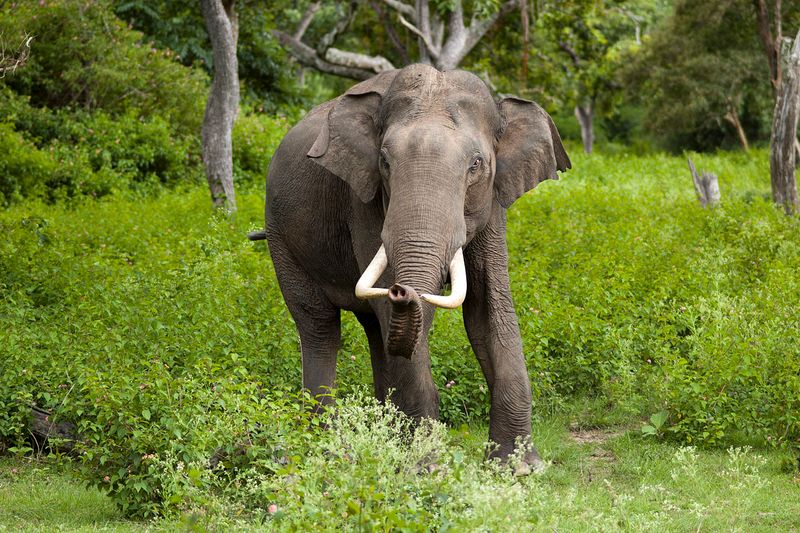
Ever thought about having extra-long teeth? Elephants sport tusks that never stop growing. These magnificent creatures use their tusks for digging, lifting, and even as a defense mechanism.
Imagine having multi-purpose tools attached to your face! In the wild, the length of an elephant’s tusks can tell you a lot about its age and status.
Despite their usefulness, elephants face threats from poaching, making their long tusks a double-edged sword in the modern world.
2. Beaver
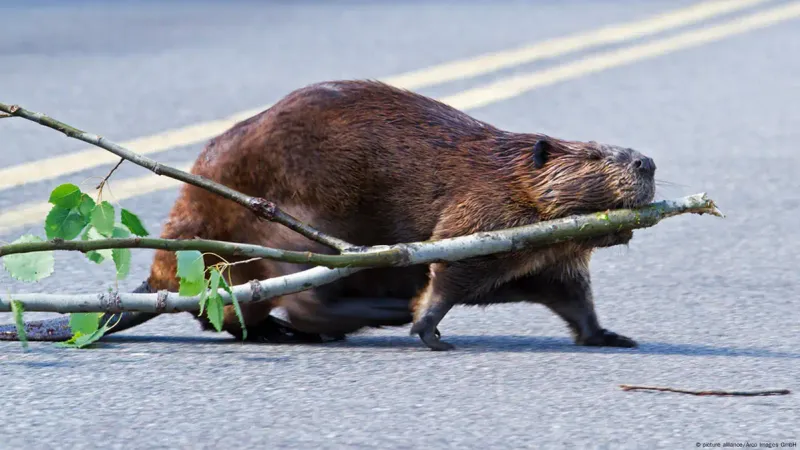
Picture a woodworker that never has to sharpen its tools. That’s a beaver for you! With incisor teeth that grow throughout their lives, beavers are nature’s engineers, building impressive dams and lodges.
Their teeth are self-sharpening, thanks to a mix of hard enamel and softer dentin. But it’s not just about building; these teeth are vital for beaver survival, helping them access food and create habitats.
3. Narwhal
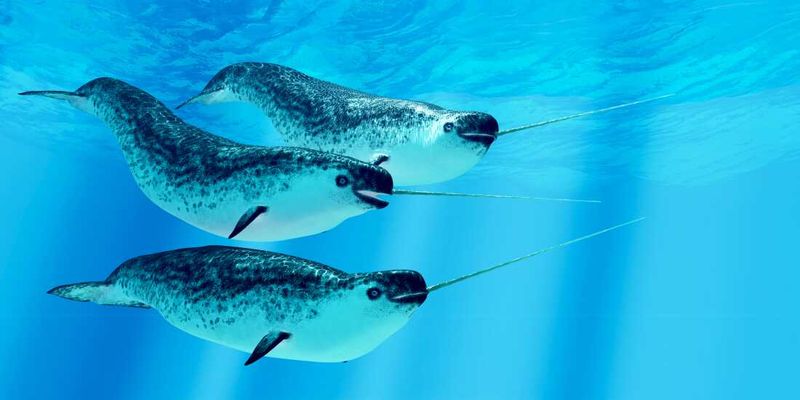
Ever seen a unicorn of the sea? Narwhals sport a single, spiral tusk that grows throughout their lives. This tusk, actually a tooth, can reach impressive lengths up to 10 feet!
Scientists believe it has sensory capabilities, helping narwhals detect changes in their environment. While it looks magical, this tusk serves real purposes in the wild.
Narwhals use it in social interactions and possibly to break through ice. Their tusks remain a subject of scientific curiosity.
4. Rabbit
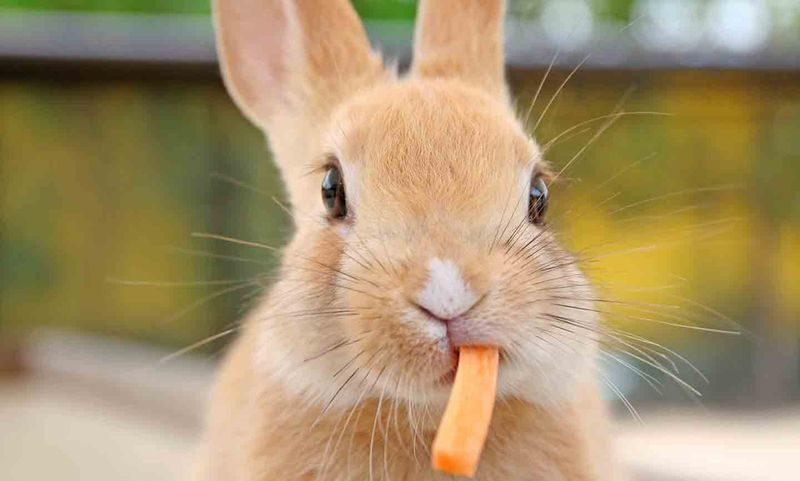
Imagine needing to nibble constantly just to keep your teeth in check. Rabbits have front teeth that grow continuously, so they munch on grasses and veggies to wear them down.
This constant chewing keeps their teeth at a manageable length. Without this gnawing action, their teeth could grow too long and cause health issues.
It’s a delicate balance in the wild. This dental quirk means rabbits have a natural urge to chew, something pet owners know all too well!
5. Green Sea Turtle
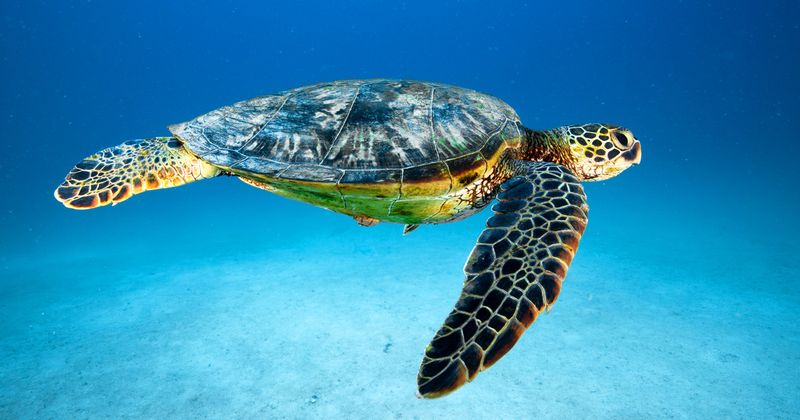
Fancy having a house on your back that never stops expanding? Green sea turtles have shells that grow as they do. These shells provide protection and buoyancy, helping them navigate the ocean currents.
The growth is slow, matching their long lifespan, and each turtle’s shell is unique in pattern and color. This lifelong growth means a turtle’s shell records its life story.
In the wild, the shell’s expansion is crucial for survival, offering both armor and identity.
6. Parrot
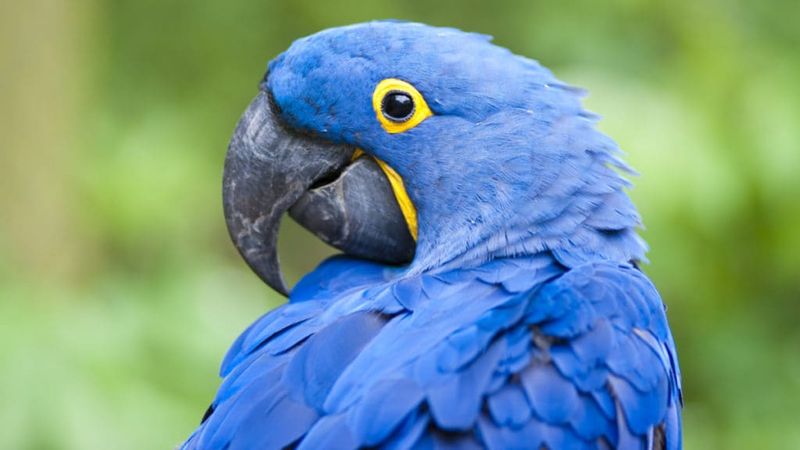
Ever wondered how parrots manage to crack those hard nuts? Their beaks grow continuously, allowing them to tackle tough seeds with ease.
This constant growth means parrots must keep their beaks in shape by gnawing on hard surfaces. In the wild, a well-maintained beak is key to accessing food and performing intricate tasks.
Parrots are social creatures, often using their beaks in communication and play. These versatile tools are as vibrant as the parrots themselves.
7. Crocodile
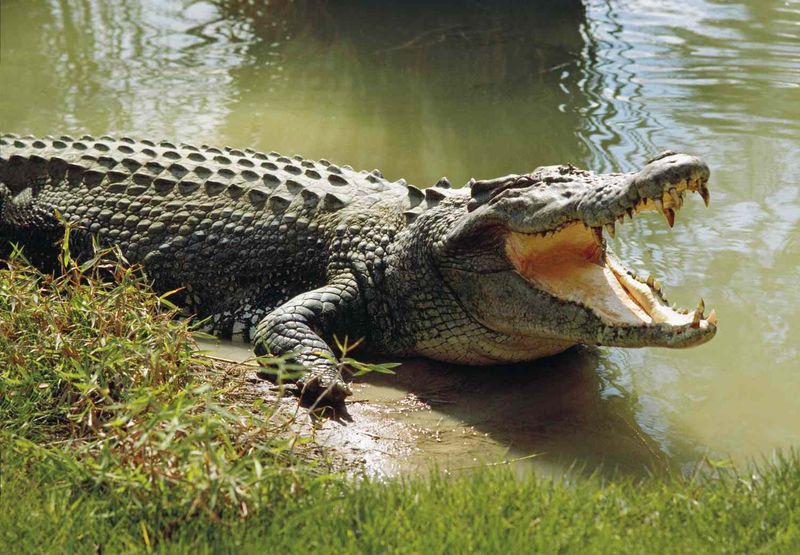
Ever heard of a reptile with self-replacing teeth? Crocodiles boast a mouth full of teeth that grow back as they wear down. This dental regeneration allows them to maintain their predatory edge in the wild.
With each tooth replaced up to 50 times in a lifetime, crocodiles are always ready for their next meal. Their powerful jaws can apply bone-crushing force, making them formidable hunters.
8. Rodent
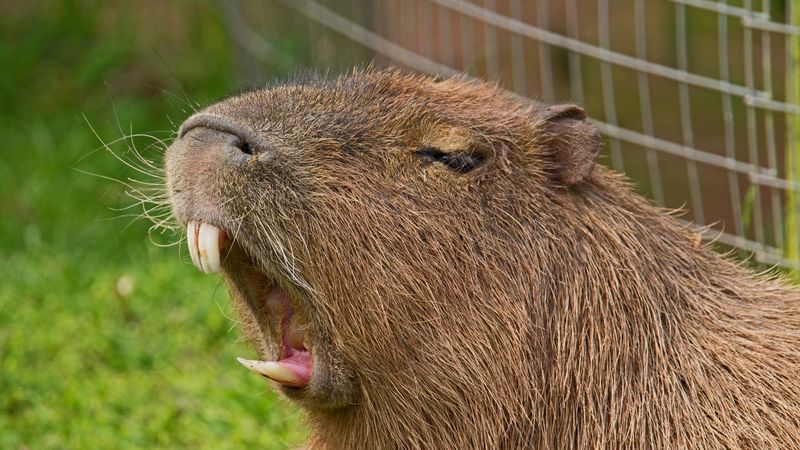
Imagine if your teeth never stopped growing! For rodents, this is everyday life. Their incisors grow throughout their lives, requiring constant gnawing to prevent overgrowth.
This unique dental feature allows them to access a wide variety of foods. From seeds to stems, their diet requires strong, sharp teeth.
In the wild, rodents play a crucial role in the ecosystem, often as prey for larger animals. Their ever-growing teeth are vital for survival in a world where food is hard to crack.
9. Hermit Crab
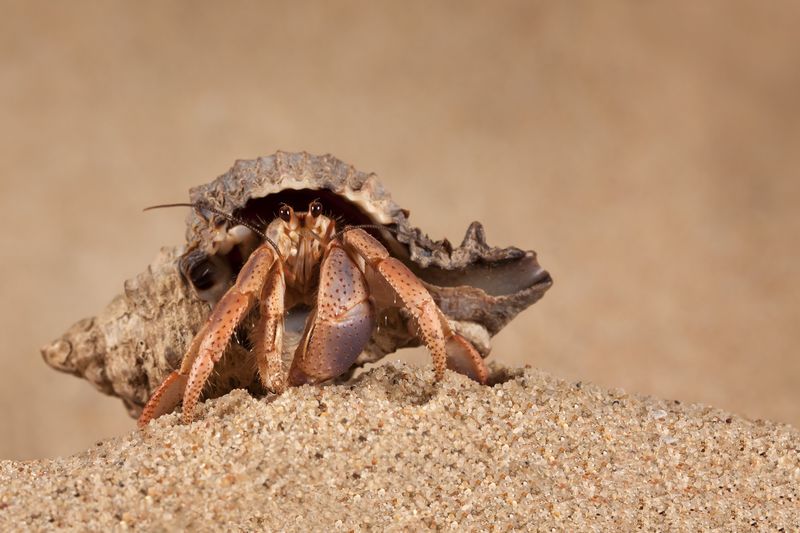
Imagine having to find a new home every time you outgrow your old one. Hermit crabs have soft abdomens, so they inhabit shells that grow with them.
As they grow, they must find larger shells to accommodate their size.
This quirky lifestyle means hermit crabs are always on the lookout for real estate! In the wild, this behavior provides protection from predators and the elements.
10. Snail
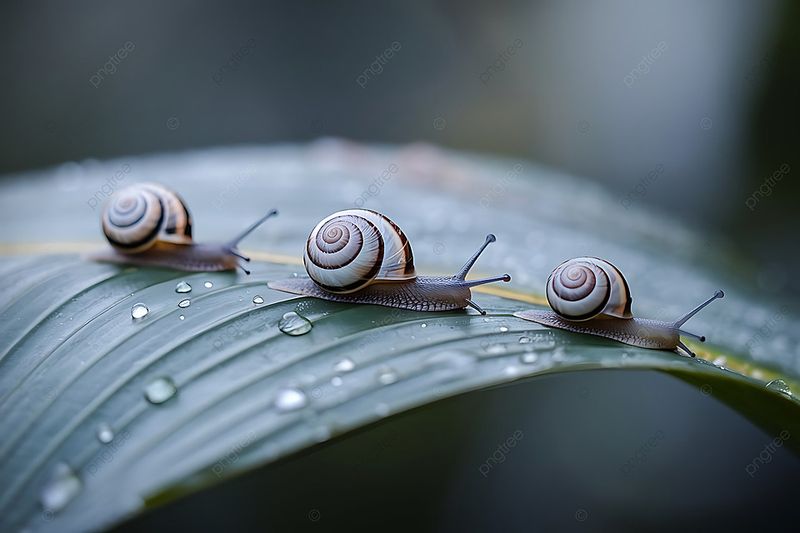
Ever seen a creature that carries its house on its back? Snails have shells that grow as they do, providing protection and shelter.
These spiraled homes are made of calcium carbonate and expand as the snail matures. In the wild, this growing shell offers a safe haven from predators and environmental changes.
Snails leave a silvery trail that reflects their slow and steady lifestyle. Their shells not only serve as armor but also tell the story of the snail’s life journey.
11. Lobster
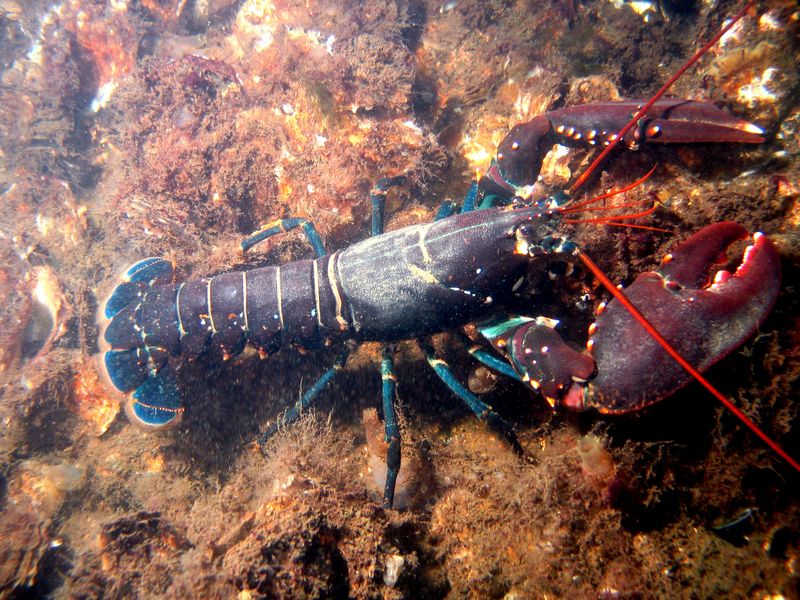
Ever wonder how lobsters keep growing? Their shells don’t grow with them, so they molt to expand. This process involves shedding the old shell and growing a new, larger one.
In the wilderness, molting is crucial for their survival, allowing lobsters to grow and repair damaged body parts.
After molting, lobsters are vulnerable until their new shell hardens. This constant growth cycle is part of their ocean life, making lobsters a symbol of resilience and adaptability.
12. Armadillo
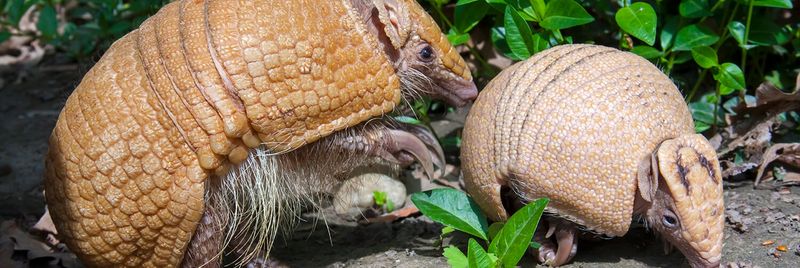
Imagine having a suit of armor that grows with you. Armadillos have bony plates that expand as they mature, providing protection from predators.
Their shells, made of keratin, are flexible yet tough, allowing for movement while offering defense. In the wild, this growth is essential for survival, as it adapts to the armadillo’s changing size and needs.
These nocturnal creatures rely on their armor to navigate and forage in the forest, making them unique among mammals.
13. Horse
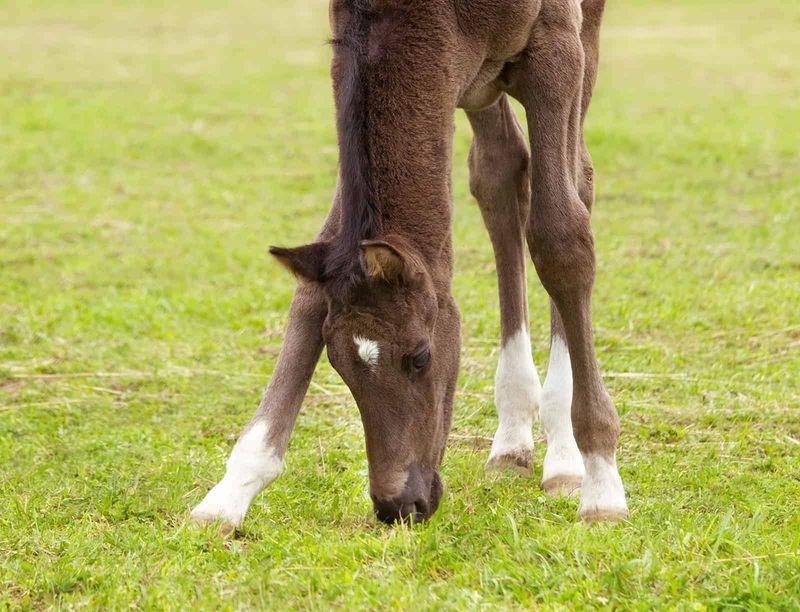
Ever thought about shoes that grow with you? Horses have hooves that require regular trimming, as they grow continuously.
These hooves support the horse’s weight and are crucial for movement and balance. In the wild, natural wear keeps their hooves in check, but domesticated horses need regular care.
This growth is a fascinating aspect of equine biology, reflecting their adaptation to diverse terrains. A horse’s hooves are vital for its health and performance, making them truly unique animals.
14. Shark
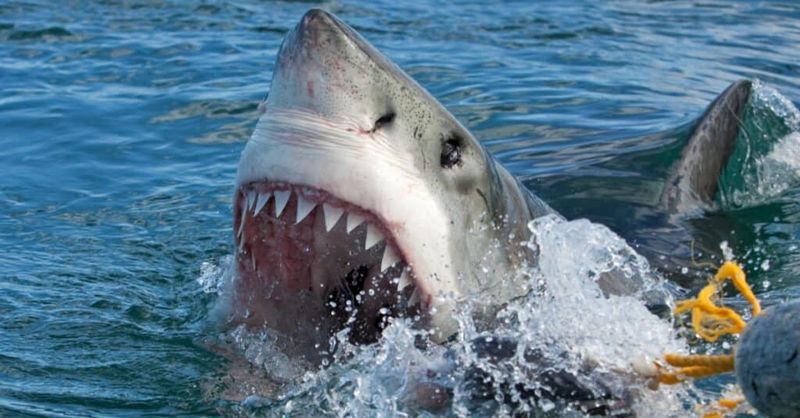
Ever wondered why sharks have such a fearsome reputation? Their teeth grow continuously, ensuring they never lose their bite.
Each tooth is replaced throughout their lifetime, allowing sharks to maintain their status as top predators. In the wild, this adaptation is key to their hunting success, enabling them to tackle a variety of prey.
Sharks’ dental regeneration sets them apart, making them one of the most efficient hunters in the ocean. Their impressive teeth are a symbol of nature’s ingenuity.
15. Porcupine
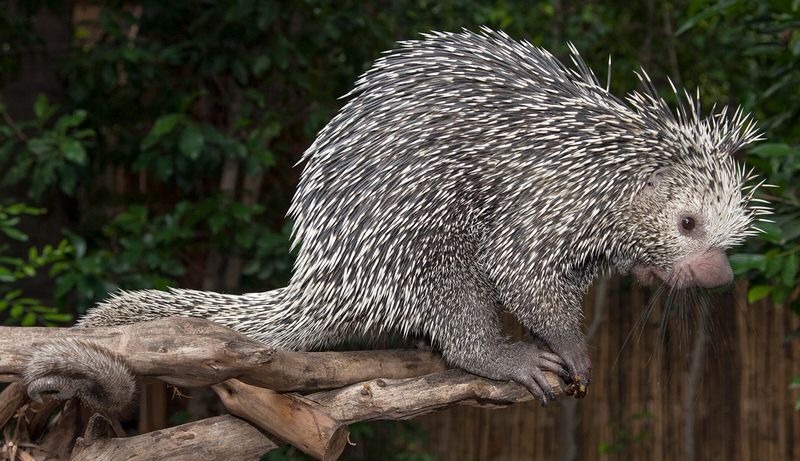
Ever thought about having a built-in defense system? Porcupines have quills that grow continuously, providing protection from predators.
These quills are modified hairs made of keratin, sharp and barbed to deter threats. In the wild, porcupines rely on their quills for safety, using them as a deterrent against curious predators.
Their unique defense mechanism allows them to explore and forage with confidence. Porcupines’ quills are a testament to the diversity of nature’s adaptations.
16. Walrus
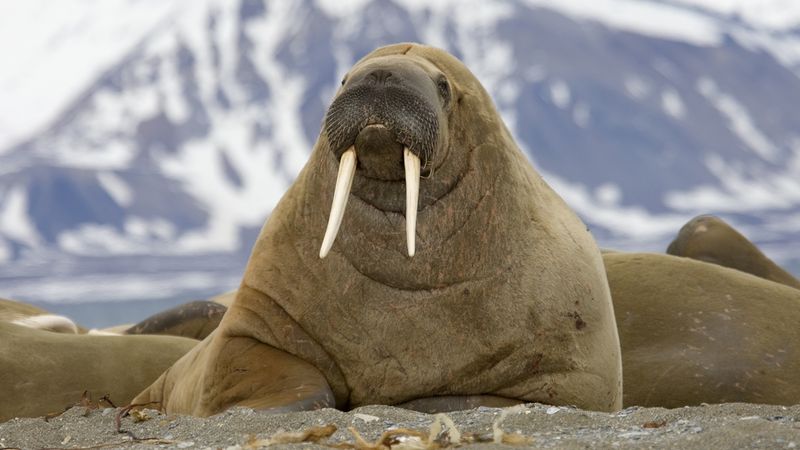
Ever considered having built-in snow shovels? Walruses sport tusks that never stop growing, aiding in digging and hauling themselves onto icy surfaces.
These impressive tusks are also used in social interactions, indicating status and helping in defense. In the wild, walruses rely on their tusks for survival, navigating the harsh Arctic environment.
These creatures are social and often seen in groups, their tusks a symbol of their unique lifestyle. Walruses truly showcase nature’s adaptability.

